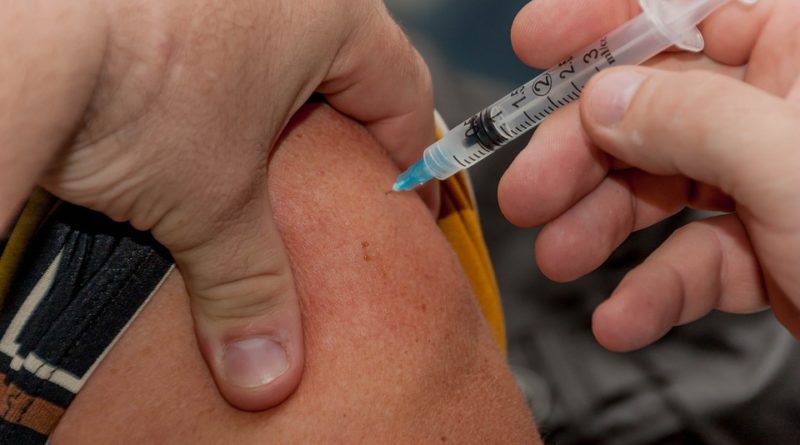Potential Measles Outbreak Reminds Us That Both Vaccinations And Herd Immunity Matter
Remember the year 2000? We were worried about the Backstreet Boys’ career; the future of Geri Halliwell’s — and every other Spice Girl’s — career; and massive computer failures, international system failures, rogue missiles, and rolling blackouts, all courtesy of Y2K, some overhyped, bullshit computer bug. (Okay, okay; maybe the first two were just me.) Regardless, the prospect of a new millennium filled many hearts with not only uncertainty, but also fear.
Ironically, the one thing we as a society weren’t worried about was measles. In fact, in the year 2000, the Centers for Disease Control and Prevention (CDC) declared that the United States had effectively eliminated measles:
The United States was able to eliminate measles because it has a highly effective measles vaccine, a strong vaccination program that achieves high vaccine coverage in children and a strong public health system for detecting and responding to measles cases and outbreaks.
But boy, did we jump the gun, because measles are making a comeback and in a big way. In fact, according to Peter Hotez, a medical researcher at Baylor College, Texas is one of several states on the verge of a 2017 measles outbreak. Why? Well, simple: anti-vaxxers.
You see, childhood immunizations became a topic of debate in 1998 when Dr. Andrew Wakefield published a research paper entitled “Ileal-lymphoid-nodular hyperplasia, non-specific colitis, and pervasive developmental disorder in children.” While the academic title may be wordy, the point of Wakefield’s piece was clear; in it, Wakefield claimed there was a direct link between the MMR vaccine and autism.
Alarming, right? Well, sure. Parents worried for their children’s well-being, and shortly afterward, many began questioning and refusing vaccines. Unfortunately, the data cited in Wakefield’s study was falsified and intentionally manipulated, making the basis for the anti-vax movement largely untrue.
Make no mistake: there are some exceptions, and not everyone can (or should) be vaccinated. In fact, each year several children in the United States cannot be vaccinated due to allergens, the presence of a life-threatening disease, or the presence of an immuno-compromising disease, but this “exempt group” has always existed. Before the rise of the anti-vax movement, they were protected by herd immunity.
According to NOVA, herd immunity is “a means of protecting a whole community from disease by immunizing a critical mass of its populace. [Because v]accination protects more than just the vaccinated person…vaccination can also protect people who haven’t been [and cannot be] immunized.”
However, in order for herd immunity to work, a certain percentage of any given population must be vaccinated, and today many communities in the United States are simply not meeting that minimum.
Take, for example, Texas. According to WATE — an ABC affiliate station located in Knoxville, TN — “Last year, nearly 45,000 Texas students opted out of school-required vaccines. That’s up nine-percent from the year before.” And while Texas lawmakers are working hard to change the trend, and Austin Democrat Donna Howard introduced a bill late last year which would require parents to meet with a doctor before waving vaccines, the immediate threat remains.
If this resurgence of a disease that had previously been eliminated doesn’t scare people enough to realize that herd immunity and vaccination matter, it’s terrifying to think about what finally will.
© 2016 Kimberly Zapata, as first published on Sammiches & Psych Meds




